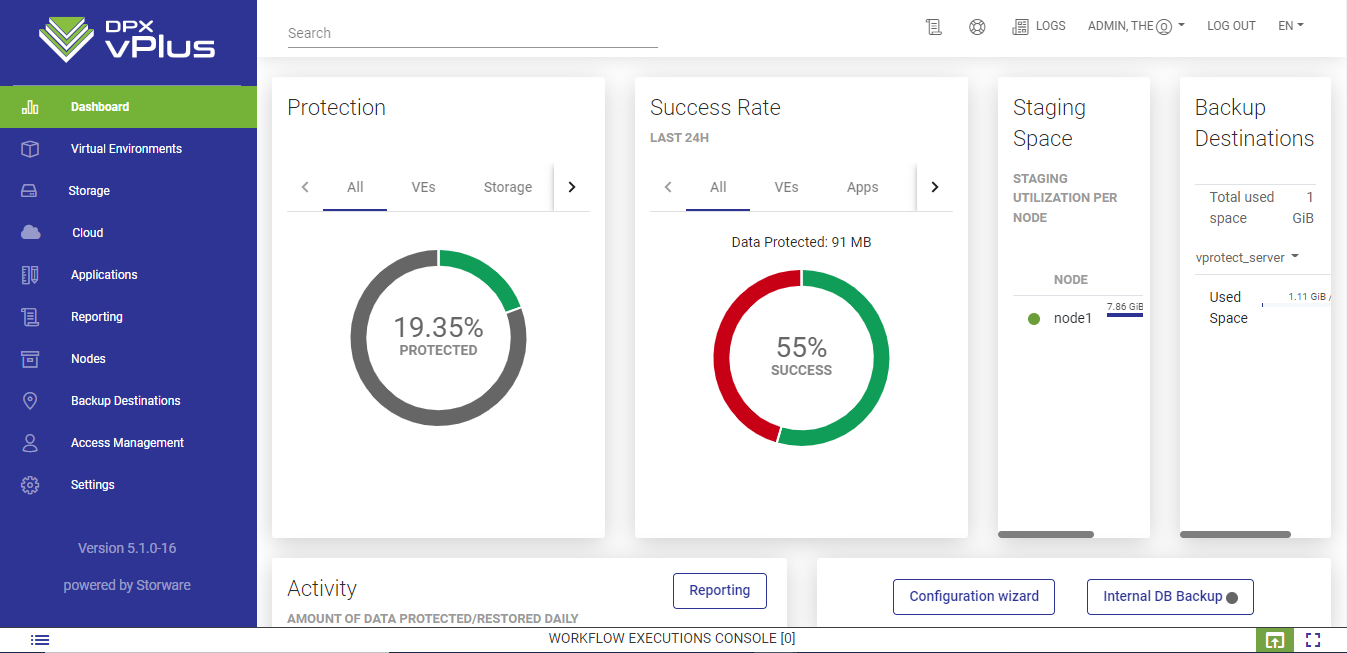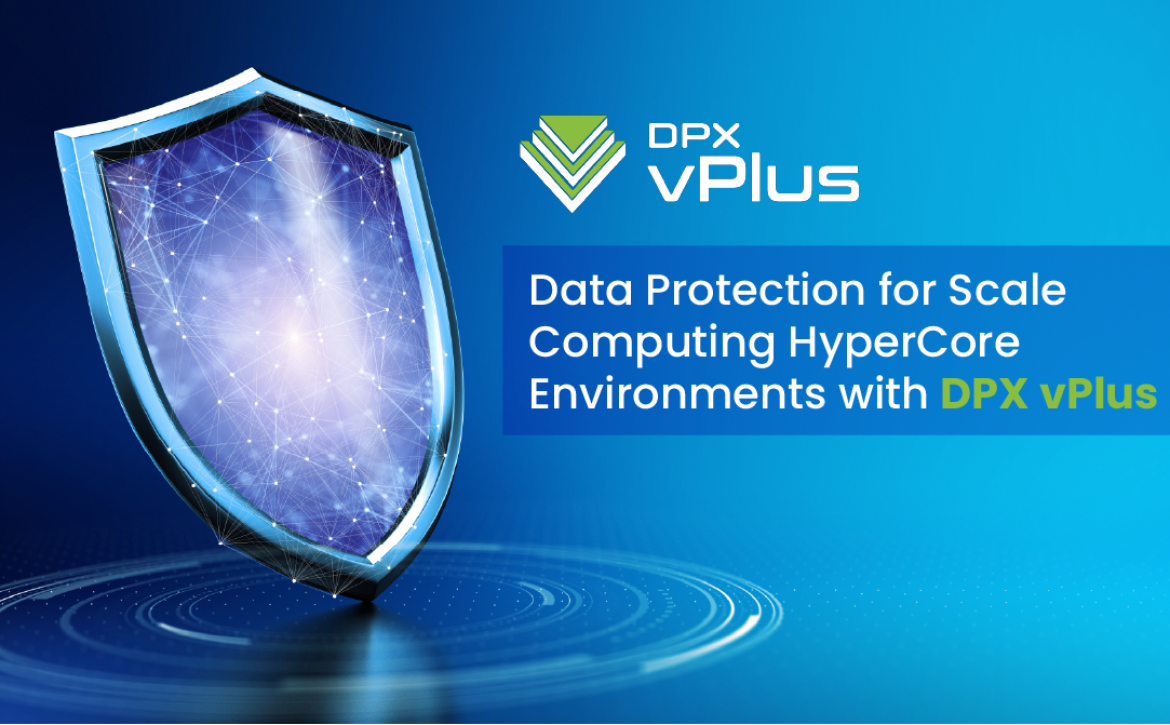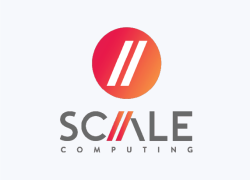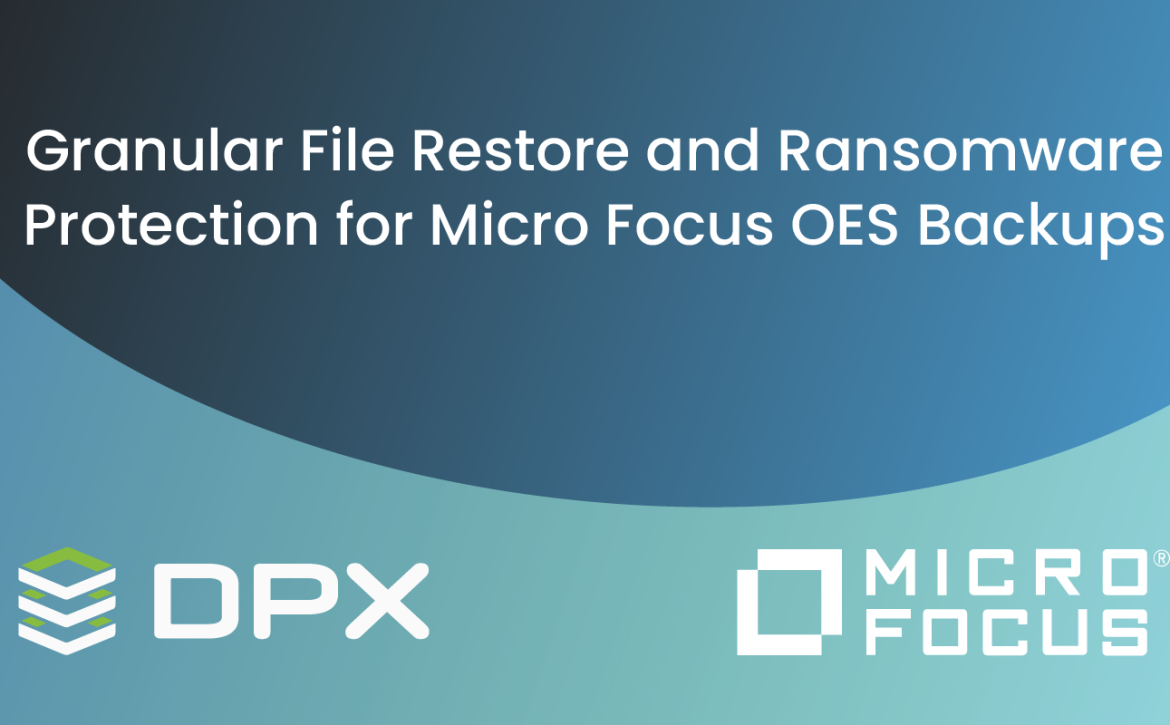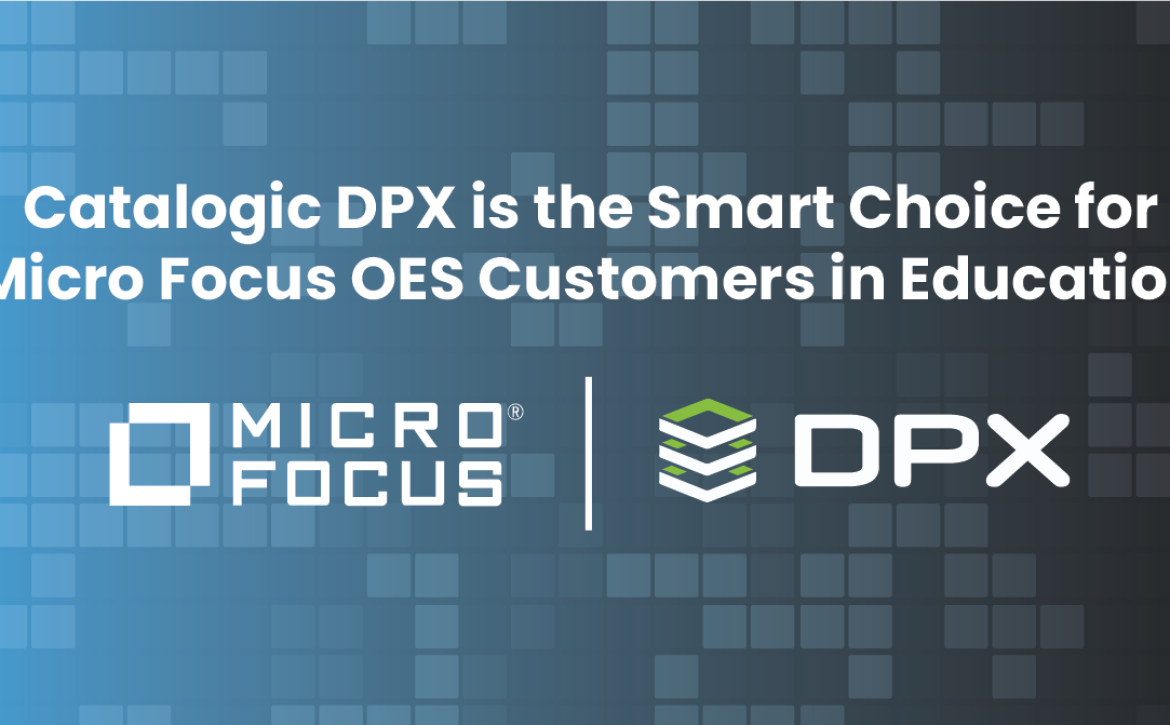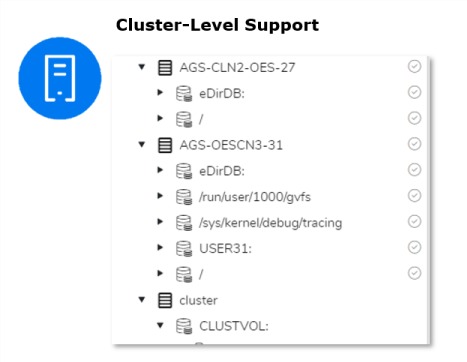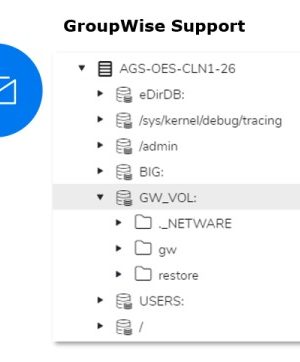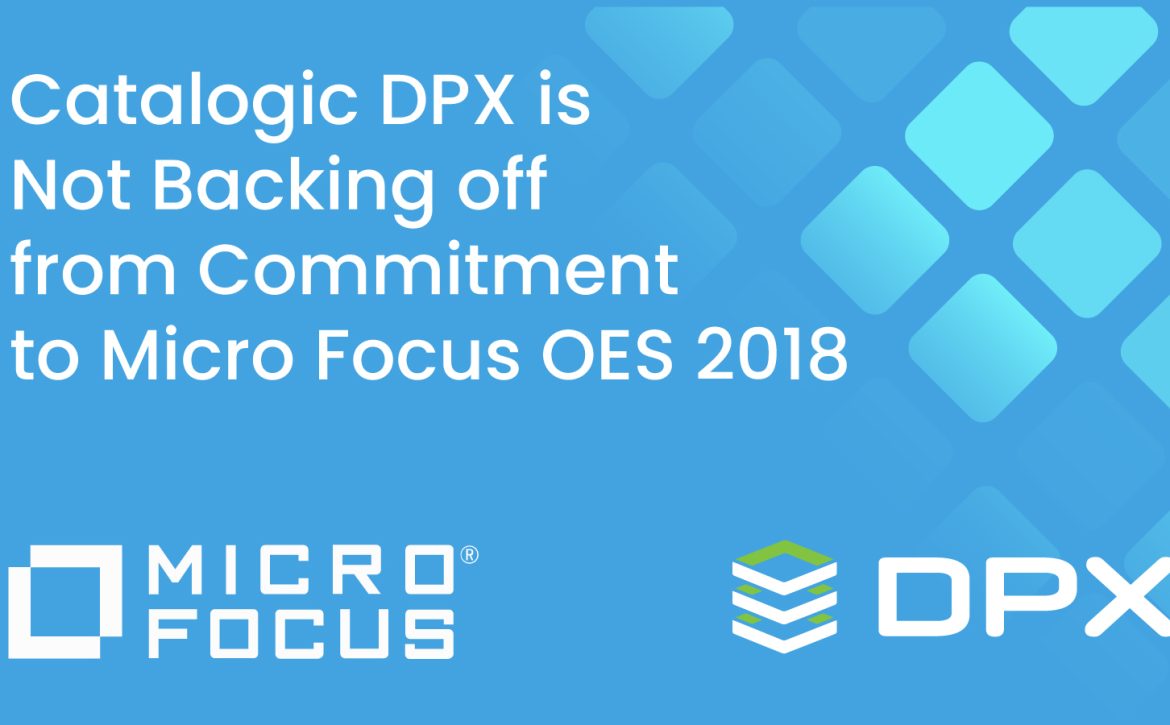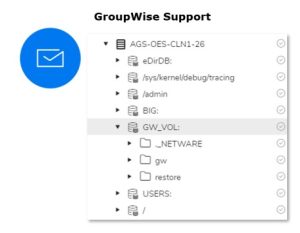Catalogic DPX and Micro Focus OES Backup
Catalogic Software is not one of those data protection vendors that have abandoned Micro Focus Open Enterprise Server (OES) backups. Catalogic DPX has provided industry-leading Novell backup and recovery for OES and Groupwise products since 1997, and we even pioneered many data protection features such as OES cluster-support and deep integration for GroupWise backup. And unlike many other OES backup vendors, we are still committed to the Micro Focus OES, including full support for Micro Focus OES 2018 SP3 and OES 2023 release.
Unitrends and Micro Focus OES Backup
For decades, Novell and more recently Micro Focus OES customers have relied on Unitrends for OES backup and granular recovery. Using its OES agent, Unitrends allowed users to protect all aspects of their OES environment, including files, directories, and web-application management tools like eDirectory, iFolder and iManager. It also offered the ability to granularly restore individual files and folders, which is extremely important for OES customers since applications like eDirectory are responsible for identity-based management, networked storage, and file directories for employees, clients, and/or students. Though recovery of an entire OES server due to corruption or a disaster is necessary at times, the majority of recovery jobs are lost or accidently deleted files from these directories.
Disappointed and Surprised Unitrends Customers
Unitrends customers have recently been discovering some upsetting news – oftentimes receiving this surprise after they notice their backup jobs have been failing and have opened a support ticket. Post its acquisition by Kaseya, Unitrends has published a list of unsupported operating system agents, including the agent that supports OES backup. Unitrends is treating OES servers like any other virtual or physical machine. It provides server-level backups and restores but without an agent, it has lost the file and object-level granularity that is needed for OES data protection.
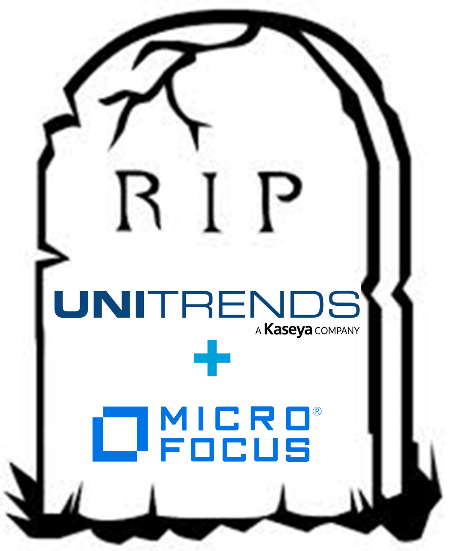
What this means for legacy Unitrends customers is that when an administrator receives a request from an employee who accidently deleted an important file, they can no longer recover the individual file. Instead, they need to restore the entire virtual machine and then figure out how to migrate or copy the specific OES object like eDirectory to its original location. This is difficult enough for those customer using OES in a virtual environment and it is near impossibility for those who run their OES on physical machines.
This change in direction by Unitrends is forcing hundreds of customers to either seek alternative backup solutions, or to move away from Micro Focus OES and other operation systems altogether. In fact per their unsupported agent notice: “Unitrends strongly recommends pursuing alternate methods of protecting data residing on these Operating Systems.”
DPX is That Alternative Micro Focus OES Backup Solution
If you are one of those Micro Focus OES or GroupWise customers searching to find that replacement for Unitrends, look no further than Catalogic DPX. DPX has provided industry leading backup and recovery for Novell products since 1997. We have even pioneered many data protection features such as OES cluster-support and deep GroupWise integration. And unlike Unitrends and many other vendors, we have never backed away from our commitment to the Novell family of products, even after the acquisition by Micro Focus.
Catalogic DPX support for OES includes cluster configuration, GroupWise environments, and backup of standalone and shared volumes, eDirectory, etc. It provides the ability to perform full, incremental, and differential backups, and these backups, unlike with Unitrends, can be at the volume, directory, and even individual file level. Then, more importantly, files can be restored with security, metadata, and file-attributes/trustee rights still intact. For more information on OES cluster and GroupWise support, please see Catalogic DPX is the Smart Choice for Micro Focus OES Customers.
DPX even has its own software-defined storage repository called DPX vStor that can act as a flexible and scalable disk directory for your OES backups. Built on open source components, vStor can use any block storage without restrictions, freeing you from expensive Unitrends backup appliances and vendor lock-in. vStor supports data reduction in the form of both deduplication and compression for efficiency and provides point-to-point replication for DR or remote office support.
Protecting your Micro Focus OES Backups from Ransomware
Data Protection is often the last line of defense when it comes to ransomware attacks. DPX delivers a secure data protection solution with instant recoverability to help ensure you can protect your backup data set from ransomware and recover data in an instant when you need it.
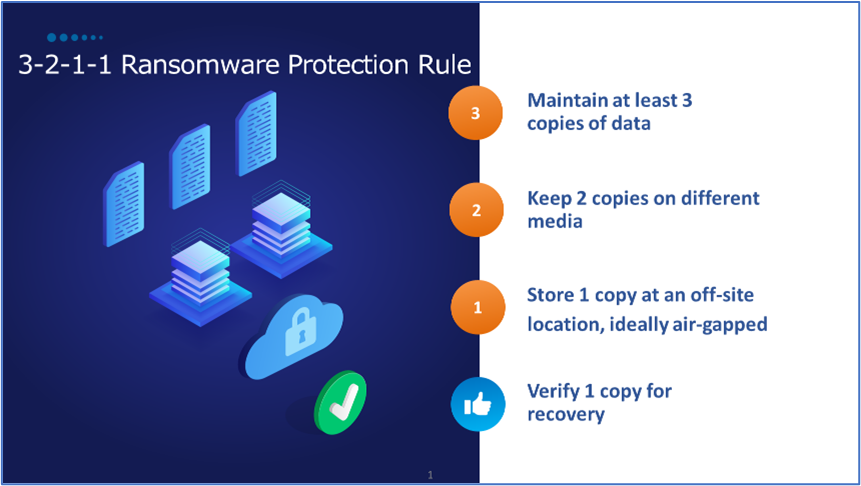
With DPX, you have integrated ransomware protection:
- Support for the 3-2-1-1 rule provides a robust data protection solution with verified scheduled recoveries for automated recovery testing.
- 3 copies of your data
- 2 copies stored on different storage media types
- 1 of the copies offsite or in the cloud on immutable media
- 1 copy verified as recoverable
- Encryption of backup data in transit over the network and at rest via DPX vStor volume encryption
To learn more, please see Recommendations From FBI Cyber Division on How to Reduce Risk from Ransomware Attacks and watch this free webinar: Protect and Recover Micro Focus OES from Ransomware Attacks.
Now is the Time to Change Your OES Backup Vendor
Just because Unitrends and others are no longer providing the backup and recovery capabilities that you need, it does not mean OES customers are out of options. Catalogic DPX is a proven, cost-effective and reliable alternative, and Catalogic is committed to providing effective, granular Micro Focus OES backup and recovery for all aspects of their environment.
Regarding ransomware protection, if your OES backup solution is not hardened against recent vulnerabilities with all the required patches and updates (remember log4j?), or if it does not provide you with immutable backups with granular recovery, now is the time to make a change.
If you would like to learn more about Catalogic DPX, you can request a live demo or even get a 30-day trial copy to try it for yourself. We’ll be happy to provide a review of your data protection environment and help you set up a proof of concept.
